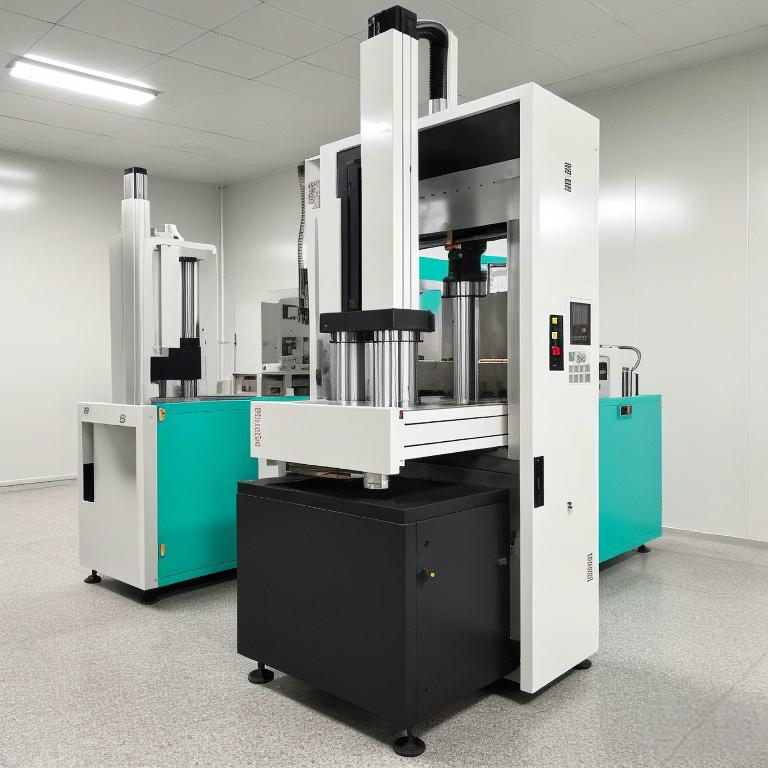Inhalt
Silicone lunch boxes, also known as silicone bento boxes, have become increasingly popular due to their flexibility, durability, and eco-friendly nature. However, many customers ask: Can you microwave a silicone lunch box? Does microwaving silicone release harmful substances or microplastics? Is silicone toxic for food storage? In this article, we answer these important questions based on reliable facts and standards.
Can I Microwave a Silicone Lunch Box?
Yes, food-grade silicone lunch boxes are safe to use in the microwave. Silicone is highly heat-resistant and can typically withstand temperatures ranging from -40°C to 230°C (-40°F to 446°F). This makes it suitable for both microwave and oven use.
According to the U.S. Food and Drug Administration (FDA), food-grade silicone is a safe, non-toxic material for food contact. It does not react with food or beverages, even when heated in a microwave.
Can You Heat Up a Silicone Bento Box?
Absolutely. One of the key advantages of a silicone bento box is its versatility. You can safely heat leftovers or meals directly in the lunch box using a microwave. Silicone heats evenly and retains its shape, which makes it a convenient option for home, school, or office use.
Additionally, silicone lunch boxes are dishwasher-safe, refrigerator-safe, and freezer-safe, allowing you to store and reheat food with ease.
Does Microwaving Silicone Release Microplastics?
No. Unlike plastic containers, silicone does not release microplastics when heated. Silicone is a synthetic rubber made primarily from silica (sand), not petroleum. It does not break down into microplastic particles like conventional plastics.
In fact, the European Food Safety Authority (EFSA) confirms that silicone used in food containers does not release hazardous chemicals, provided the material meets regulatory standards for food contact.
Is Silicone Toxic for Food Storage?
Food-grade silicone is non-toxic, BPA-free, and phthalate-free, making it one of the safest materials for food storage. It is odorless, tasteless, and does not leach chemicals into food. This is why silicone is commonly used in baby feeding products, baking molds, and kitchen utensils.
To ensure safety, always choose silicone lunch boxes that are certified by international standards such as FDA, LFGB, or EU food contact regulations.


Why Choose Our Silicone Lunch Boxes?
Unter Juwelen, we manufacture high-quality silicone lunch boxes designed for safety, convenience, and durability. All our silicone bento boxes are made from 100% food-grade silicone, certified BPA-free, and safe for microwave, dishwasher, and freezer use.
We offer a wide range of designs, from foldable silicone lunch containers to stylish and functional bento boxes. With over 21 years of experience and more than 500 design patents each year, our factory ensures every product is crafted with precision and quality.
Our silicone lunch boxes are ideal for families, students, office workers, and anyone seeking a safe and eco-friendly food storage solution.
Contact us today to explore our full range of certified silicone lunch boxes and custom OEM/ODM services. Let us help you create a product that fits your brand and market needs.


